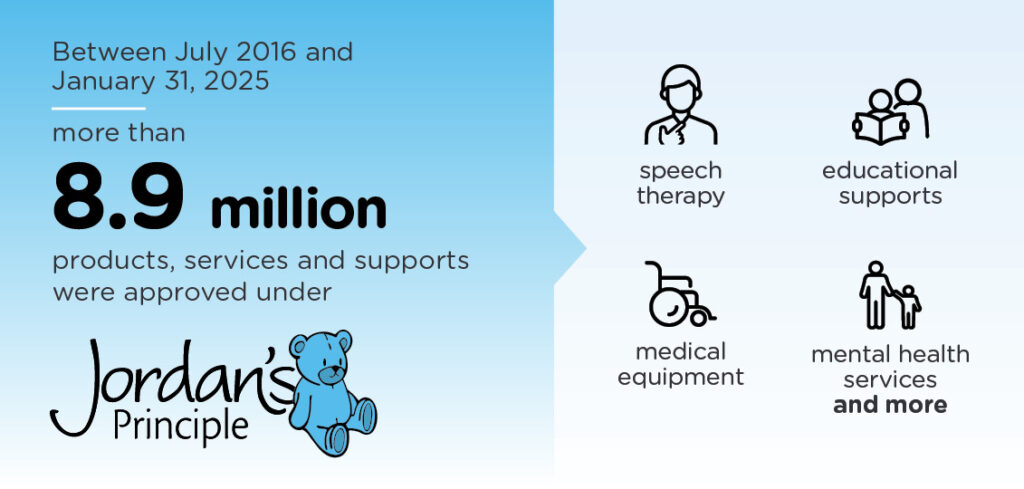The attached document is an infographic surrounding Jordan’s Principle and it’s accompanying Truth and Reconciliation Commission of Canada’s Call to Action. As part of a group presentation in EDUC 609- Aboriginal Learners: History, Culture, and Ways of Knowing, co-taught by Dr. Tina Fraser and Dr. Carolee Clyne, this work speaks to the inequity of services faced by indigenous children in Canada, due to bureaucratic jurisdictional disputes.

By addressing shortcomings at a macro/institutional level, this work aimed to alleviate confusion for families on how to access funding for a number of different medical and educational services. While I have not directly applied for monies on a family’s behalf, I have worked with students who have received services through Jordan’s Principle. Specifically, a designated student with ASD that I worked with directly this year, received a private autism assessment and diagnosis that the family would not have been able to obtain otherwise.
This is extremely significant in my own practice, as the current school I work with has a student population that is roughly 15% indigenous. Due to this, gaining increased knowledge and understanding surrounding the purpose of Jordan’s Principle, as well as helping families navigate the intricacies and bureaucratic challenges of applying for funding through Indigenous Services Canada, is an extremely valuable endeavor.
